In the ever-evolving world of digital finance, Ripple has emerged as a heavyweight in revolutionizing cross-border payments. Leveraging blockchain technology, Ripple aims to transform the way money is moved around the world, making transactions faster, cheaper, and more reliable compared to traditional banking systems. Central to Ripple’s solution is XRP, a digital asset specifically designed for payment providers and financial institutions.
Ripple’s Network: An Introduction
RippleNet, Ripple’s blockchain-based payment network, offers a global payments platform used by financial institutions to transact with a unified system. Unlike many cryptocurrencies which primarily cater to individual users, RippleNet focuses on streamlining transactions for large entities like banks, payment providers, and other financial institutions through its unique product suite.
XRP: The Digital Asset for Real-Time Settlement
XRP is Ripple’s native digital asset and serves as a bridge currency to facilitate exchanges between different fiat currencies on the Ripple network. As a result, financial institutions using RippleNet can settle cross-border payments in real-time with reduced costs and payment settlement times. XRP’s efficiency and scalability make it an appealing option for banks looking to modernize their payment infrastructures.
Ripple’s Edge Over Traditional Systems
The traditional banking system relies on a network of correspondent banks to facilitate international payments, often resulting in slow and costly transactions. Ripple’s technology bypasses these inefficiencies by allowing direct transfers between parties, thus reducing the number of intermediaries and potential points of failure.
Partnerships and Global Acceptance
Ripple has formed partnerships with over 300 financial institutions across 40 countries, paving the way for broader acceptance of its payment system. Esteemed banks and payment services, including Santander, American Express, and PNC Financial Services, have already integrated Ripple’s technology, recognizing the potential benefits it offers to the world of finance.
The Legal Landscape and XRP
Ripple’s journey has not been without its share of challenges. Notably, the U.S. Securities and Exchange Commission (SEC) SEC has filed a lawsuit against Ripple Labs, alleging that XRP sales constituted an offering of unregistered securities. The outcome of this legal battle is being closely monitored as it may have significant implications for Ripple’s operations and the broader crypto industry.
XRP: Performance and Liquidity
As a digital asset, XRP is readily available for trading on various cryptocurrency exchanges, providing liquidity for institutions using RippleNet to facilitate payments. XRP’s market performance has been subject to volatility, much like other cryptocurrencies, reflecting both its potential and the uncertainties that come with an innovative, disruptive technology.
Future Prospects
Irrespective of the legal hurdles, Ripple remains focused on its goal to improve the global payments system. Long-term, Ripple and XRP have the potential to significantly influence how international money transfers are conducted, potentially reshaping the financial sector. Banks, payment networks, and financial entities continue to explore and adopt Ripple’s technology, signaling a vote of confidence in its long-term viability.
Conclusion
The mission of Ripple and XRP to redefine cross-border payments represents a bold step towards the future of global finance. By creating a system that is faster, cheaper, and more transparent, Ripple has the potential to influence not just the future of payments but also the adoption and integration of blockchain technology across different sectors. As developments unfold and regulations take shape, the world watches to see how Ripple will navigate the dynamic financial landscape it seeks to transform.




 AGF-B.CO
AGF-B.CO